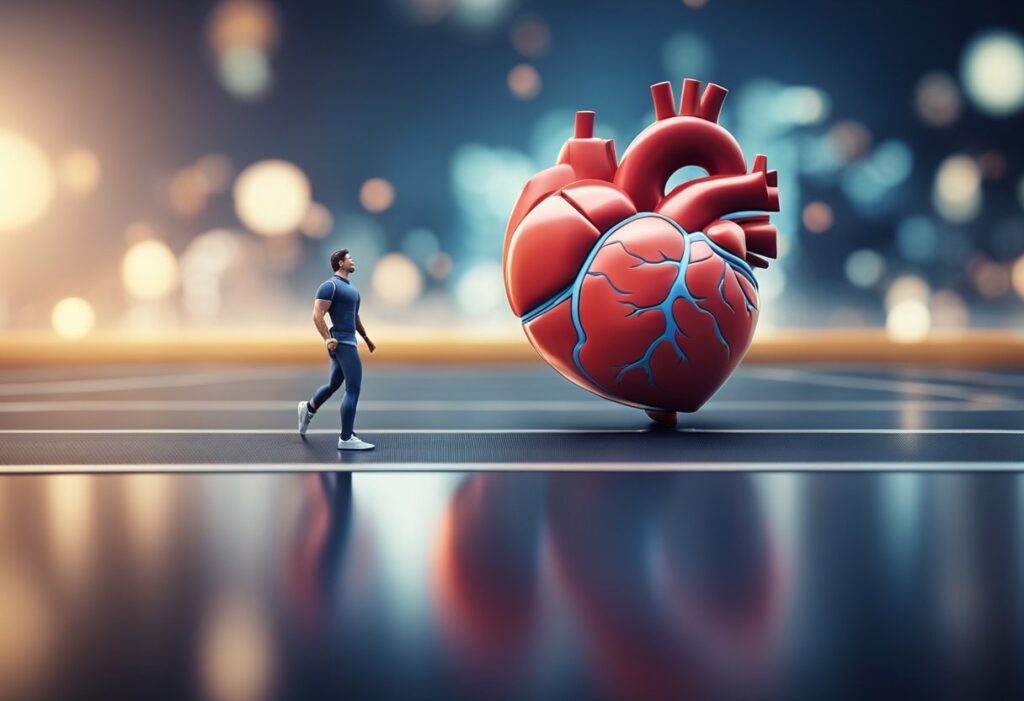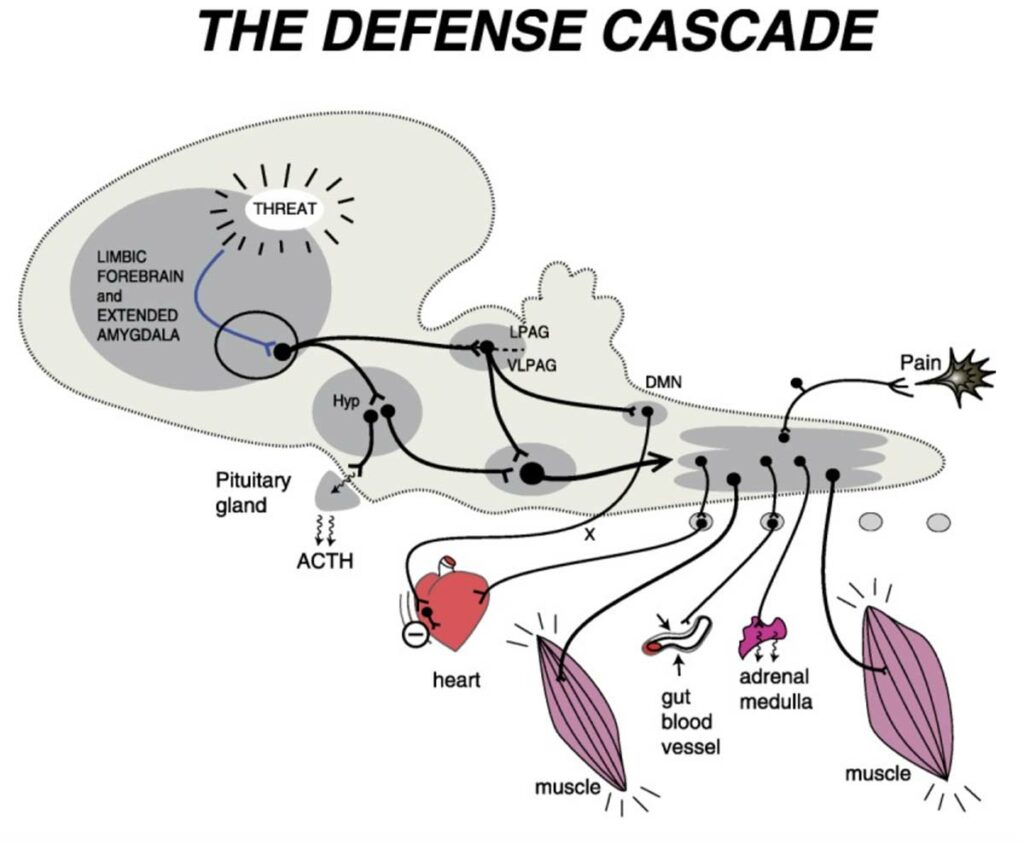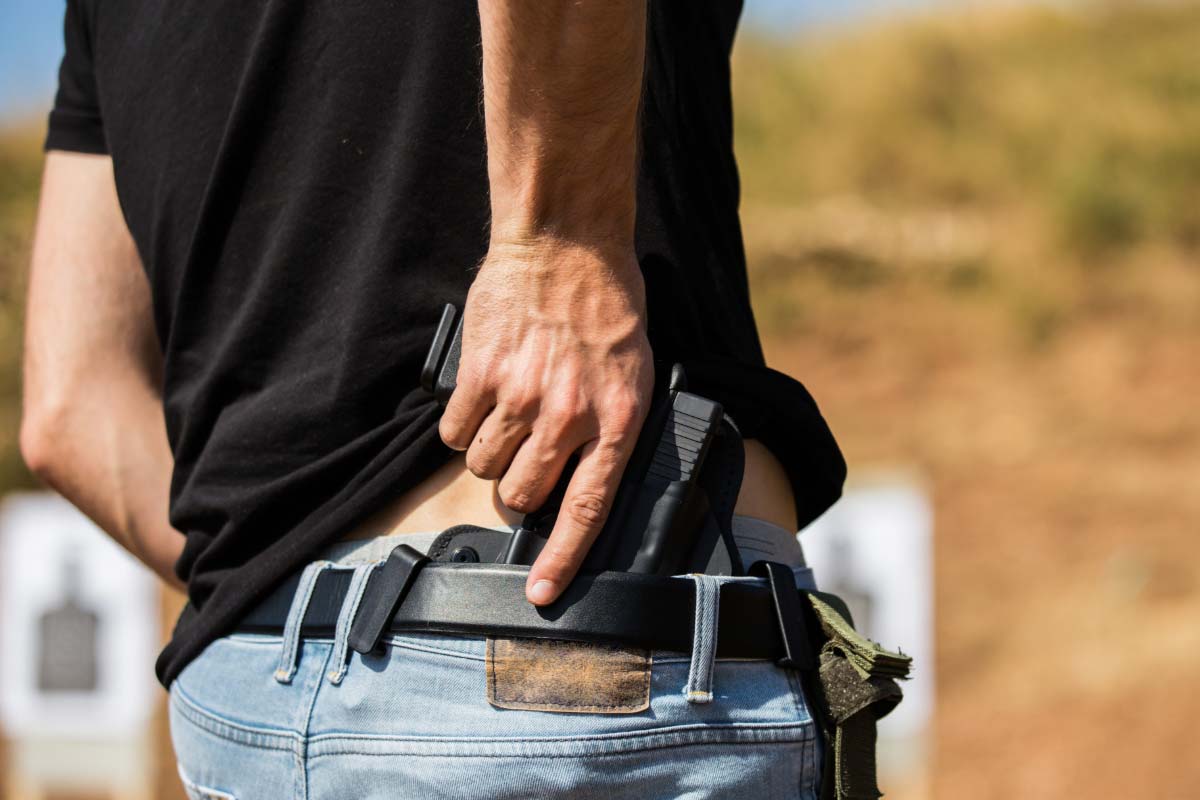When faced with danger, our fear response can be a powerful ally. It’s an automatic reaction, hardwired into our brains to protect us from threats.
Understanding how fear affects the body and mind is crucial for anyone looking to improve their self-defense skills. By recognizing and harnessing these instinctual responses, we can prepare ourselves to act more effectively in high-stress situations.
The key to using fear to our advantage lies in training and awareness. Regular self-defense practice can help us channel our natural reactions into decisive actions. It teaches us to manage the adrenaline rush, to think clearly under pressure, and to use our body’s natural responses to fight, flee, or freeze in ways that increase our chances of safety.
As we explore the science behind the fear response, we’ll discover how to turn what might feel like a disadvantage into a strategic tool for self-preservation. Learn how to train our instincts to work for us, not against us, in the face of danger.
This article covers:
Understanding Fear Response
The fear response is a critical part of how humans react to threats, involving complex biological and neuroendocrine systems. This section breaks down the intricate processes behind our instinctual reactions to danger.
Biological Basis of Fear
Fear initiates in the brain, specifically within a structure called the amygdala, which is critical for threat detection. Once a threat is perceived, the amygdala communicates with the nervous system, triggering an alarm that leads to a cascade of physiological changes.
“In evolutionary terms the responses that make up the defense cascade are primitive emotional states—coordinated patterns of motor-autonomic-sensory response—that are available to be automatically activated in the context of danger.”
Source: National Institutes of Health
These changes involve the release of adrenaline and other stress hormones by the adrenal glands, and they prepare the body for quick action.
The sympathetic nervous system becomes highly active, increasing heart rate and blood pressure to ready the muscles for either fight or flight.
Types of Fear Response
Different individuals can exhibit varying reactions to fear in a threatening or violent encounter. These fear reactions are often categorized into these types: fight, flight, freeze. Each type represents a strategy for dealing with danger or stress.
Reactions to fear:
- Fight: Confronting the threat aggressively.
- Flight: Evading the threat by running away.
- Freeze: Paralysis from panic and overwhelm.
These responses are automatic and are part of the body’s survival mechanism. They reflect the diversity of human reactions to fear, anxiety, and stress, illustrating the flexibility of biological and physiological responses under threat conditions.
Fear Response in Self-Defense
“For humans, the activation of defense responses—the sudden change in motor and physiological state—may be experienced as overwhelming, and beyond conscious control.”
Source: National Institutes of Health
In high-stress situations such as a threat to personal safety, the body’s innate fear response plays a critical role. Understanding how fear affects physical and emotional states is essential for effective self-defense. By learning how this fear response works and learning to train for it, you can increase your chances of survival.
Fight, Flight, or Freeze
The fear response, often termed the fight or flight response, determines how an individual reacts to danger. They may choose to confront the threat (fight), escape the situation (flight), or involuntarily find themselves unable to move or act (freeze).
Training can enable individuals to manage these responses, channeling fear into adaptive behaviors that maximize chances of survival.
Training for Self-Defense
Consistent and structured self-defense training can improve confidence and resilience, enabling individuals to make rational decisions under stress.
By practicing physical techniques and situational awareness, along with mindfulness and therapy for managing emotions and overcoming trauma, individuals build competence in their ability to protect themselves. This helps in transforming a natural fear response into an informed and controlled defense strategy.
Tony Blauer, a self-defense expert and the creator of the SPEAR System (Spontaneous Protection Enabling Accelerated Response), has extensively studied the human body’s natural reactions to fear and danger.
His thoughts on fear management and the flinch response are foundational to the SPEAR System, which he developed to harness the body’s instinctive reactions to enhance personal defense.
Blauer’s approach to fear management is grounded in the understanding that fear is a natural and unavoidable response to perceived threats.
He argues that instead of trying to eliminate fear, individuals should learn to recognize and manage it.
Blauer teaches that by acknowledging fear and understanding its physiological and psychological effects, one can use it as a signal to prepare and take action, rather than becoming paralyzed by it.
As one example, we often get so caught up in what the other person will or can do to us. We have to instead, learn to reframe our mindset so that our reaction becomes about what we can or must do to this person to survive.
Everybody has a natural startle and flinch response that an be trained. When something comes flying at our face, we instinctively bring our hands up to cover our face. We can train these types of reactions to be more effective in a defensive application.
Similarly, Krav Maga also focuses on training these instinctive actions to be more effective. As an example, when we experience pain or being choked, our hands naturally grab the area where we feel the pain. Again, we can train this reaction to be more effective in quickly eliminating the immediate threat. Through repetition and making gradual improvements, we can change are mastery of fear and therefore, our response to it.
Psychological Aspects of Fear
Understanding the psychological aspects of fear is crucial in self-defense. It involves recognizing how fear affects the mind and body, managing panic responses, and assessing the long-term effects of traumatic experiences.
Emotion Regulation and Fear
Emotion regulation is key to handling fear in high-stress situations. People may use various strategies to manage their fear, including deep breathing and focusing on situational awareness to maintain a sense of control. The prefrontal cortex plays a central role in regulating emotions and helps an individual to protect themselves from knee-jerk reactions, often training muscle memory in self-defense to respond effectively.
However, by learning to manage fear, we can remain calm while being aware of our situation and assessing any potential threats. If we can learn to do this, we could potentially avoid danger or the escalation of a threat altogether.
Anxiety and Panic Responses
During a threat, the fight-or-flight response may escalate to anxiety and panic. These reactions are immediate and powerful, compelling the body to take action.
However, for some, the freeze response can occur, paralyzing them instead of spurring into action.
Recognizing these responses helps individuals to anticipate their reactions to danger and can inform effective startegies in dealing with one’s immediate situation.
Physical Reactions to Fear

When an individual perceives a threat, their body undergoes a series of physical reactions designed for survival. These reactions can manifest as noticeable changes in behavior and physiological responses.
Acute Stress Response
The acute stress response, commonly termed the ‘fight or flight’ reaction, prepares the body to confront or escape danger. This response is initiated by the adrenal gland, which releases adrenaline and cortisol into the bloodstream, resulting in a surge of energy. The individual’s heart rate increases, pumping blood faster to muscles, essential organs, and limbs, which enhances the person’s capacity for a rapid response to threats.
Involuntary Physical Responses
Several involuntary physical responses occur due to this adrenaline rush:
- Breathing quickens to supply more oxygen to the muscles.
- Muscles may tense up, priming the body for exercise or immediate action.
- Responses such as freeze, tonic immobility (temporary paralysis), collapsed immobility (fainting), and quiescent immobility (playing dead) are involuntary behaviors that can occur during extreme fear and are meant to protect by reducing detectability or movement.
These involuntary actions are reflexive and not under the conscious control of the individual experiencing them.
Self-Defense Techniques
Self-defense is more than physical combat; it encompasses mental preparedness, physical skills, situational awareness, and risk assessment strategies. Proper techniques can boost confidence and improve the likelihood of effectively navigating dangerous situations.
Mental Preparedness
One’s mindset plays a crucial role in self-defense. Mental preparedness involves visualization and breathing techniques to maintain composure during a physical altercation. Instilling a calm and focused mindset enhances one’s ability to make quick decisions and activates the necessary reflexes to fend off an attacker.
Krav Maga training places a strong emphasis on the psychological aspects of confrontation, including fear management and threat assessment.
Here’s how these elements are typically addressed in Krav Maga self-defense training:
Stress Drills: Krav Maga often incorporates high-stress drills that simulate the adrenaline rush and chaos of a real attack. These drills can help students learn to function under pressure and manage their fear response.
Scenario-Based Training: Practitioners are put through various attack scenarios, which can range from verbal confrontations to physical assaults, including surprise attacks. This type of training helps students recognize and cope with the fear associated with being attacked.
Physical Self-Defense Skills
Physical self-defense skills are essential in handling an active response in threatening situations. Training in martial arts can provide the techniques needed to defend oneself. Regardless of gender, learning martial arts such as judo, krav maga, or Brazilian jiu-jitsu equips individuals with the skills to utilize their body effectively when under attack.
Tony Blauer’s SPEAR system takes a unique approach in adapting the physical response to fear.
Blauer’s research into the startle-flinch response, which is an instinctive reaction to sudden threats, led him to recognize its potential as a bridge to more complex motor skills in self-defense. He observed that the flinch response is a natural and efficient way to protect the head and body from impacts.
The SPEAR System incorporates the startle-flinch mechanism into its training methodology, using it as the basis for defensive movements. The system is designed to convert the flinch response into a tactical response, allowing a person to defend themselves more effectively.
Awareness and Risk Assessment
A key aspect of self-defense is the continuous assessment of one’s environment to identify potential threats. This awareness helps in avoiding dangerous situations before they escalate. It’s also important to trust one’s instincts; if a situation feels unsafe, it is better to take precautionary measures and retreat.
Strategies for Avoidance and De-escalation
De-escalation is a potent tool that can prevent a confrontation from turning physical. Techniques for avoidance and de-escalation include clear communication, maintaining a non-threatening posture, and planning escape routes. In any confrontation, the primary goal should be to escape from the situation as safely as possible.
Evolution of the Human Fear Response
The fear response is deeply rooted in the survival mechanisms of humans. It has evolved through natural selection to become a sophisticated system that protects individuals from harm.
Early humans required rapid response systems to survive in environments filled with predators and other dangers. Consequently, the human body developed a set of physical and psychological reactions—often referred to as the defense cascade—to enhance survival odds in threatening situations.

This response involves several brain regions. The amygdala, a key structure in the brain, plays a pivotal role. It processes sensory information related to fear and triggers an immediate reaction.
The limbic system, often described as the emotional brain, is also activated during a fear response. It supports a range of functions from hormone release to emotion regulation, essential for a coordinated response to danger.
The fear response manifests as a variety of behaviors. When facing a threat, humans can experience an increase in heart rate, rapid breathing, and muscle tension. These involuntary physiological changes prepare one to either face the danger or flee to safety.
It is not just about the fight-or-flight response; humans have developed complex strategies such as freezing or appeasing behaviors to avoid confrontation. These strategies showcase the nuanced approach humans take when managing threats.
The evolution of these responses reflects an adaptation to complex social environments as well. Beyond just survival, humans must navigate intricate social dynamics that can pose psychological threats.
Modern human threats often require a socially attuned fear response. This responsiveness to both physical and social cues illustrates the evolutionary journey from simple survival strategies to complex behavioral adaptations.







